Exploring the Rich Variety: Buying and Exporting Raw Leather from Different Animals in Burundi
Exploring the Rich Variety: Buying and Exporting Raw Leather from Different Animals in Burundi
Welcome to the fascinating world of raw leather! In the heart of East Africa lies a country brimming with unparalleled diversity – Burundi. Known for its breathtaking landscapes and vibrant culture, this hidden gem also boasts an abundance of exotic animals that contribute to its thriving leather industry. From the mighty elephants to sleek crocodiles, each creature offers a unique hide that is coveted by artisans worldwide. Join us on an exhilarating journey as we dive into the depths of Burundi’s rich variety, unraveling the secrets behind buying and exporting raw leather from different animals. Get ready to be captivated by tales of craftsmanship, sustainability, and timeless beauty in this extraordinary exploration!
Introduction to Wigmore Trading and Raw Leather from Burundi
Wigmore Trading is a family-owned business that has been involved in the trading of raw leather for over three generations. The company was founded in the UK in the early 1940s by Walter Wigmore, who started out buying and selling hides and skins from local abattoirs.
Today, Wigmore Trading is one of the largest suppliers of raw leather in the world, with a particular focus on sourcing from Africa. The company has a wide range of customers, from small businesses to large international brands.
Wigmore Trading’s African operations are based in Burundi, where the company has a team of experienced buyers who source raw leather from a variety of different animals. Burundi is home to a wide range of wildlife, including some of the most sought-after animals for their hide and skin, such as buffalo, crocodile, and zebra.
The company prides itself on its ethical sourcing practices and its commitment to working with small-scale farmers and producers. Wigmore Trading is also a member of the Leather Working Group, which promotes sustainable and responsible practices throughout the leather industry.
Types of Animals and Leather Available in Burundi
Burundi is home to a wide variety of animals, each of which provides a unique type of leather. The most common animals used for leather production in Burundi are cows, goats, and sheep. However, other animals such as pigs, horses, and donkeys are also used.
The types of leather available in Burundi vary depending on the animal from which it was sourced. Cowhide is the most common type of leather produced in Burundi. It is thick and durable, making it ideal for a number of applications including upholstery, footwear, and belts. Goat leather is also quite popular in Burundi. It is thinner than cowhide but still very tough and durable. Sheepskin is the softest and most delicate type of leather available in Burundi. It is often used for clothing and accessories such as gloves and hats.
Pig skin is another type of leather produced in Burundi. It is similar to cowhide in terms of thickness and durability but has a more pebbled surface texture. Horsehide and donkey skin are also used to produce leather but are less common than other types.
Pros and Cons of Buying Raw Leather from Burundi
When it comes to buying raw leather, there are a few things you need to take into account. The pros and cons of buying raw leather from Burundi largely depend on the type of animal the leather is sourced from and how it is processed.
Generally speaking, raw leather sourced from cows is going to be of a higher quality than that sourced from other animals. This is because cows are bred specifically for their hides and as such, the quality control is usually better. However, this also means that cow hide leather will be more expensive.
another factor to consider is how the leather is processed. Leather that has been tanned using chemical processes will often be of a lower quality than vegetable-tanned leather. This is because the chemicals used in the tanning process can damage the fibers of the hide, making it more brittle and less durable.
So, when considering whether or not to buy raw leather from Burundi, you need to weigh up the pros and cons carefully. If you’re looking for high-quality, durable leather, then cow hide is your best bet. But if you’re on a budget, then you might want to consider opting for vegetable-tanned leather instead.
The Process of Buying and Exporting Raw Leather from Burundi with Wigmore Trading
Wigmore Trading is a family-run business that has been exporting raw leather from Burundi for over 35 years. We source our leather from local tanneries and suppliers who adhere to the highest standards of quality and sustainability.
The process of buying and exporting raw leather from Burundi with Wigmore Trading is simple and straightforward. We start by assessing your needs and requirements, and then we provide you with a quotation based on the current market prices. Once you have accepted our quotation, we will begin the process of sourcing the best quality leather from our network of tanneries and suppliers.
Once the leather has been sourced, we will work with you to determine the most efficient way to get it exported from Burundi. We can arrange for door-to-door delivery or shipping via sea or air freight, whichever option is best suited for your needs.
We pride ourselves on being a one-stop shop for all your raw leather needs, and we are dedicated to providing you with the best possible service at all times. If you have any questions about our process or would like to place an order, please do not hesitate to contact us today.
Tips for Ensuring Quality Leather When Buying From Burundi
When sourcing leather from Burundi, it is important to ensure that the leather is of high quality. There are a few key things to look for when assessing the quality of leather:
-The grain should be fine and even, with no large pores or blemishes.
-The colour should be consistent throughout, without any blotches or streaks.
-The surface should be smooth and free of defects.
-The thickness should be uniform, with no thin or thick areas.
If you keep these factors in mind when inspecting leather from Burundi, you can be confident that you are sourcing high quality material.
Alternatives to Buying Raw Leather in Burundi
There are many reasons why you might want to buy raw leather in Burundi. Perhaps you are a tanner and need a new source of leather. Or maybe you are looking for a new challenge and want to try your hand at working with rawhide. Whatever the reason, there are a few things to consider before making your purchase.
One alternative to buying raw leather in Burundi is to import it from another country. This option is often more expensive, but it guarantees a higher quality product. If you choose to go this route, be sure to do your research and find a reputable supplier.
Another option is to work with a local tanner. This can be a great way to get high-quality leather at a lower price, as well as support the local economy. However, it is important to find a reputable tanner who uses safe and environmentally friendly methods.
You could also try making your own leather. This is definitely the most challenging option, but it can be very rewarding. If you have the time and patience, DIY leatherworking can be a great way to get unique, one-of-a-kind products.
Conclusion
Burundi is a country renowned for its rich variety of raw leathers. From the luxurious feel of python skin to the resilient protection afforded by elephant hide, each type of leather has unique properties that make it ideal for a range of applications. By sourcing and exporting these materials from Burundi, you can ensure that your business stays ahead of the competition and continues to offer its customers an unparalleled level of quality. Whether you are new to buying or exporting raw leathers or have been doing so for some time now, looking into what Burundi has to offer might just be worth your while!


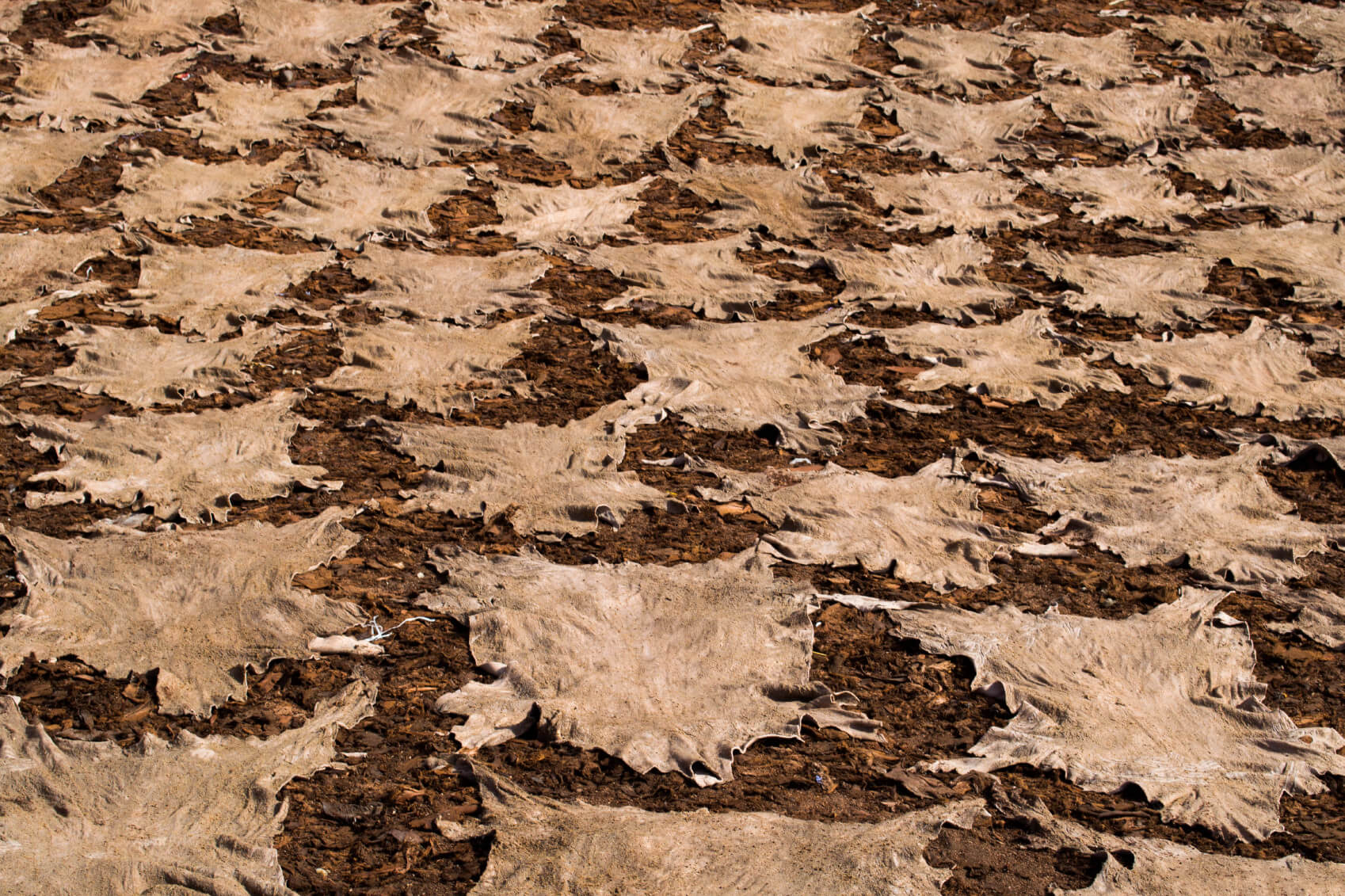
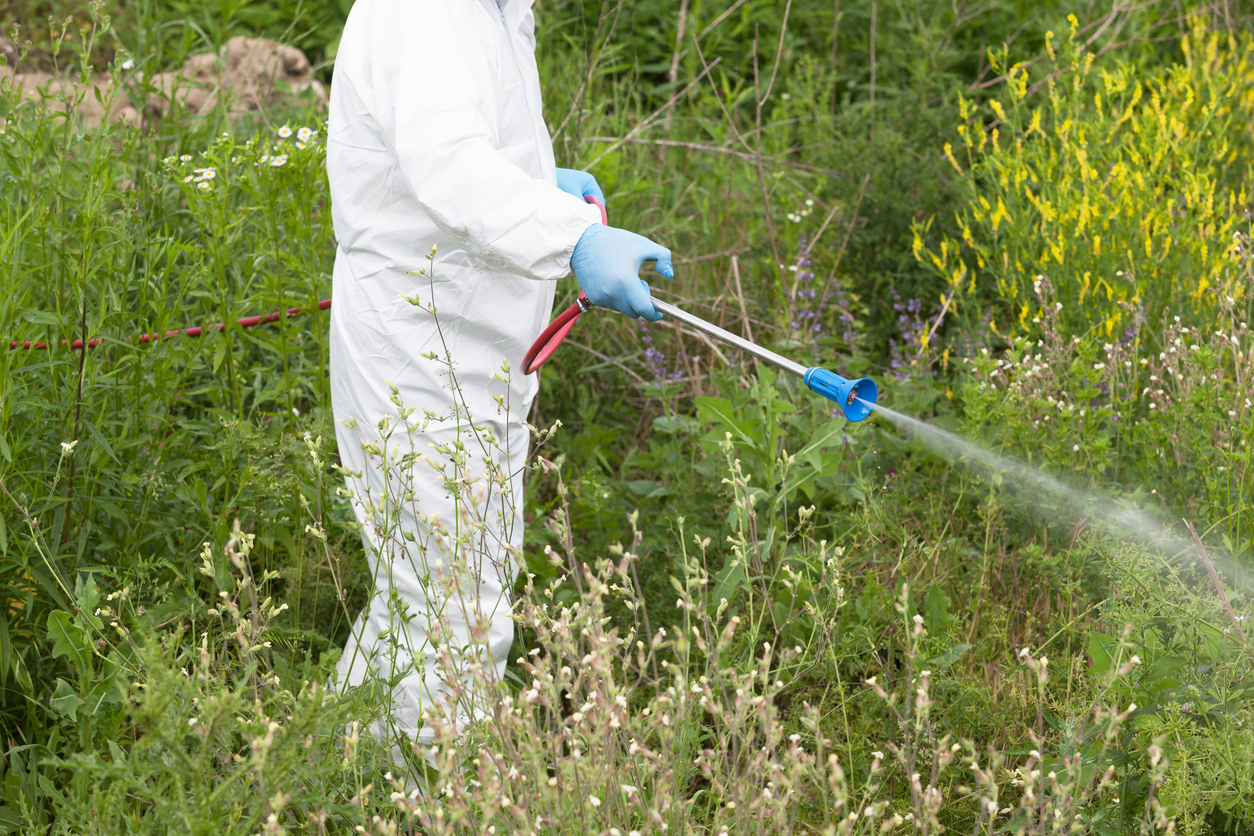
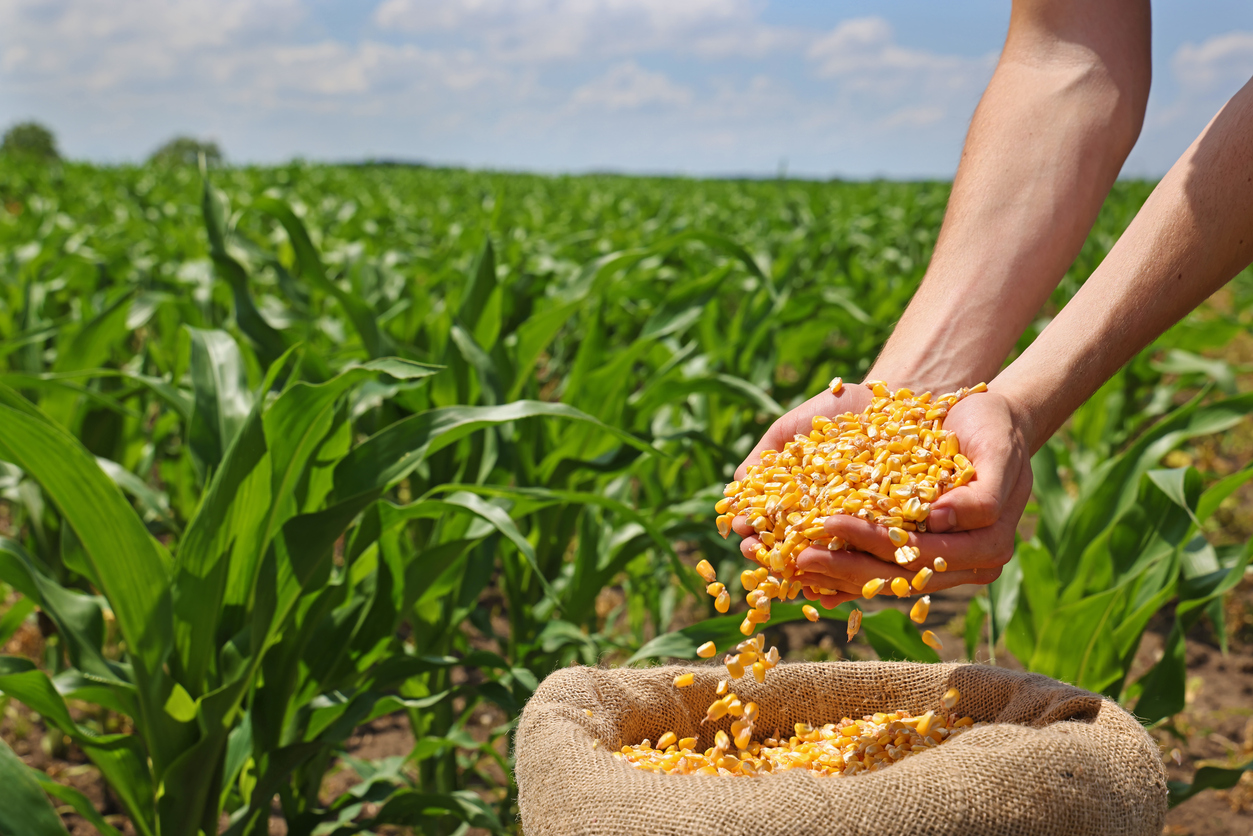

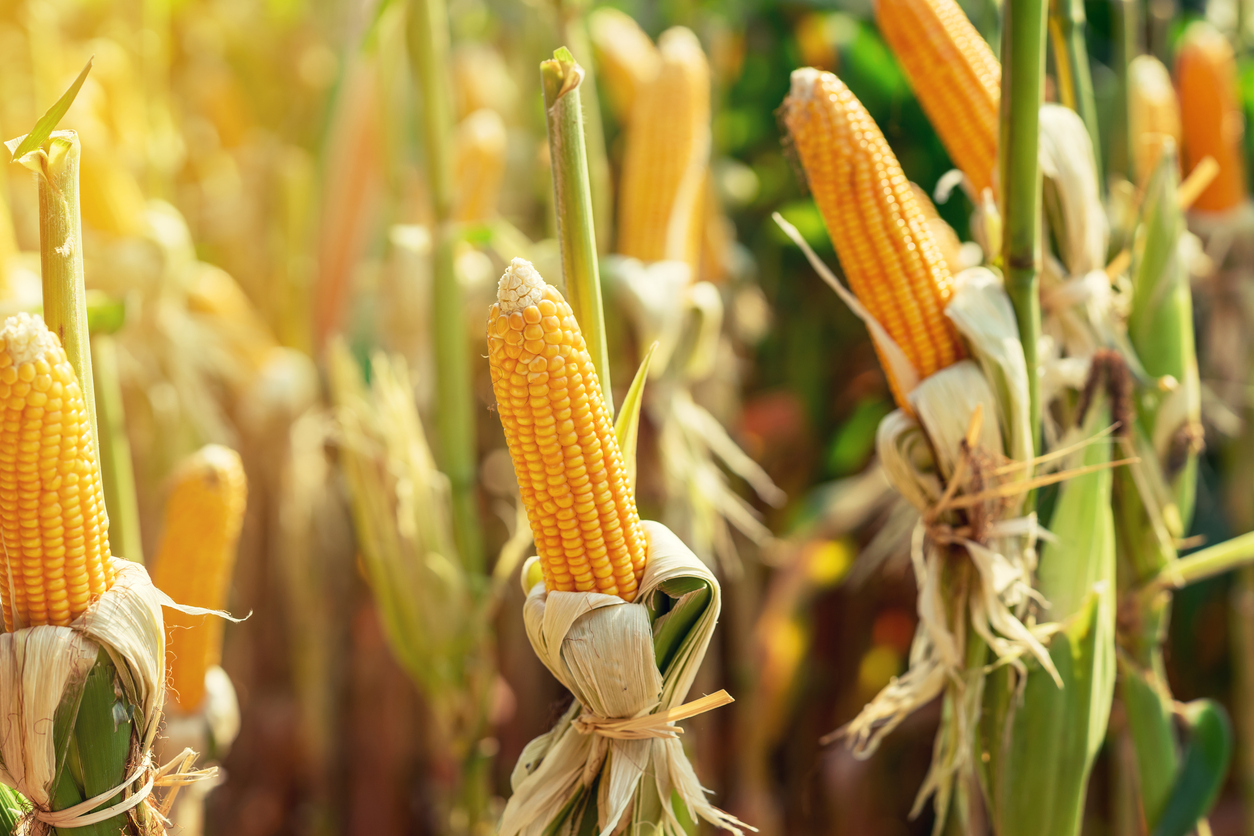
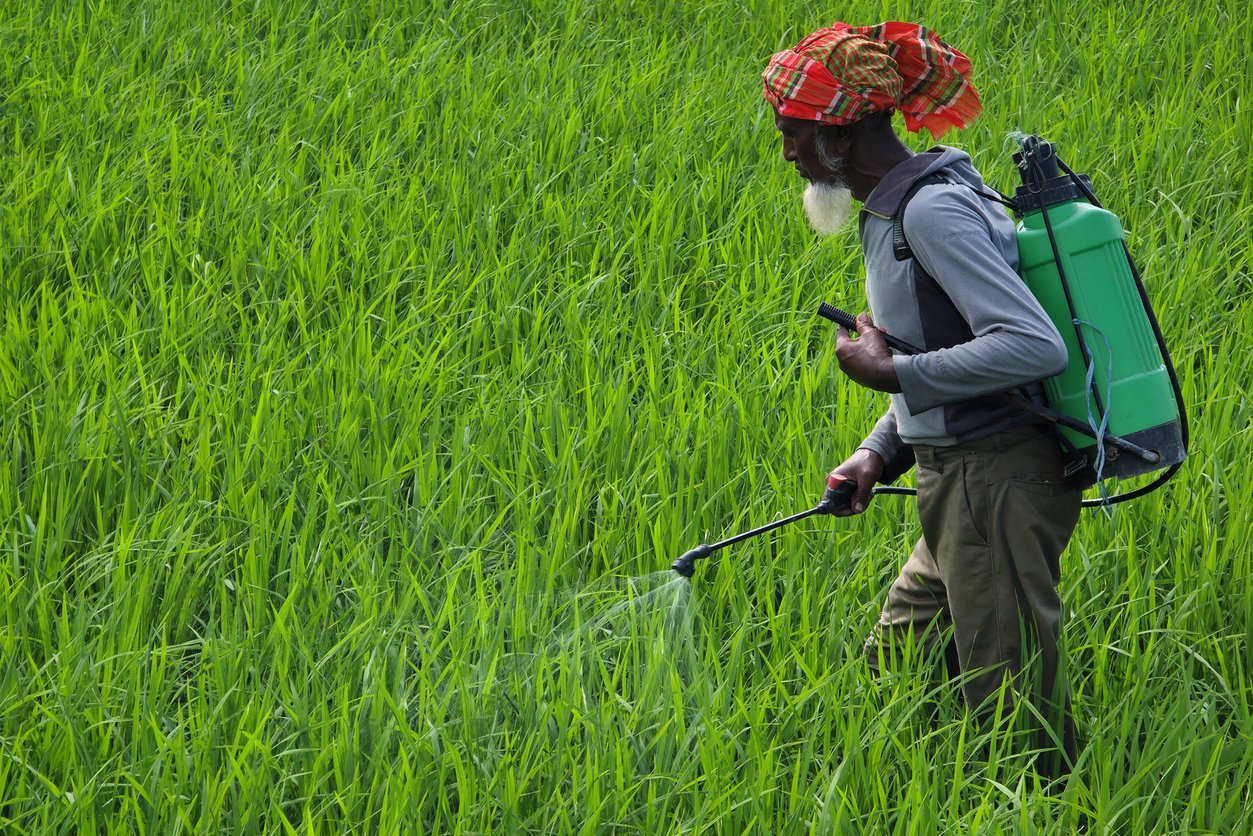
Comments are closed.